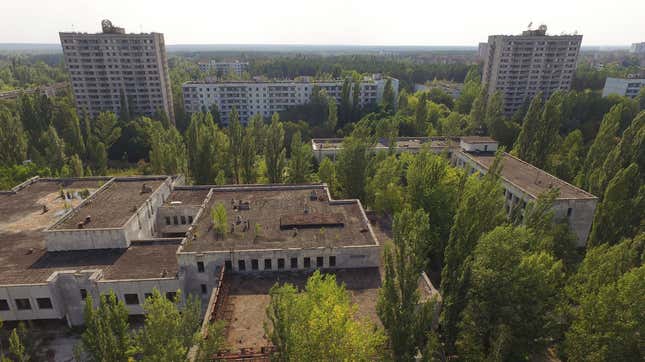The Lost Women of Chernobyl
Latest

HBO has done the unexpected and managed to turn a five-part, dead-serious miniseries about the nuclear catastrophe at Chernobyl into a cultural event, complete with memes. The show is a sober examination of the disaster and its literal fallout on the surrounding population. But turning real historical events into blockbuster TV fodder almost necessarily means flattening and cropping in the interest of storytelling, and Chernobyl is no exception.
The lead characters of Chernobyl are Jared Harris and Stellan Skarsgård, playing Valery Legasov and Boris Scherbina, the scientist and the government man, respectively, tasked with handling the disaster. While the real-life team that handled the disaster has been collapsed into these two characters, each man is modeled off a real person who lead the response. To this pair, the filmmakers also added a composite character, Emily Watson’s Ulana Khomyuk, who investigates the incident.
Along with this trio, the series focuses on the people who were closest to the events at the site—real-life plant employees, firemen, and the soldiers who did the work of containment and “liquidation,” performing ugly tasks like putting down all the household pets left behind who were hopelessly irradiated. These frantic efforts to contain the disaster at the plant overshadow the quieter storylines of the people who lived in the surrounding area. Consequently, outside of Khomyuk, there are relatively few women. The show only pulls back to investigate Lyudmilla Ignatenko, the pregnant wife of one of the horrifically unprepared firefighters who is sent to Moscow with radiation poisoning, who is based on a real person.
-

-

-

-

-

-

-

-

-

-

-

-

-

-

-

-

-

-

-

-

-

-

-

-

-

-

-

-

-

-

-

-

-

-

-

-

-

-

-

-









































